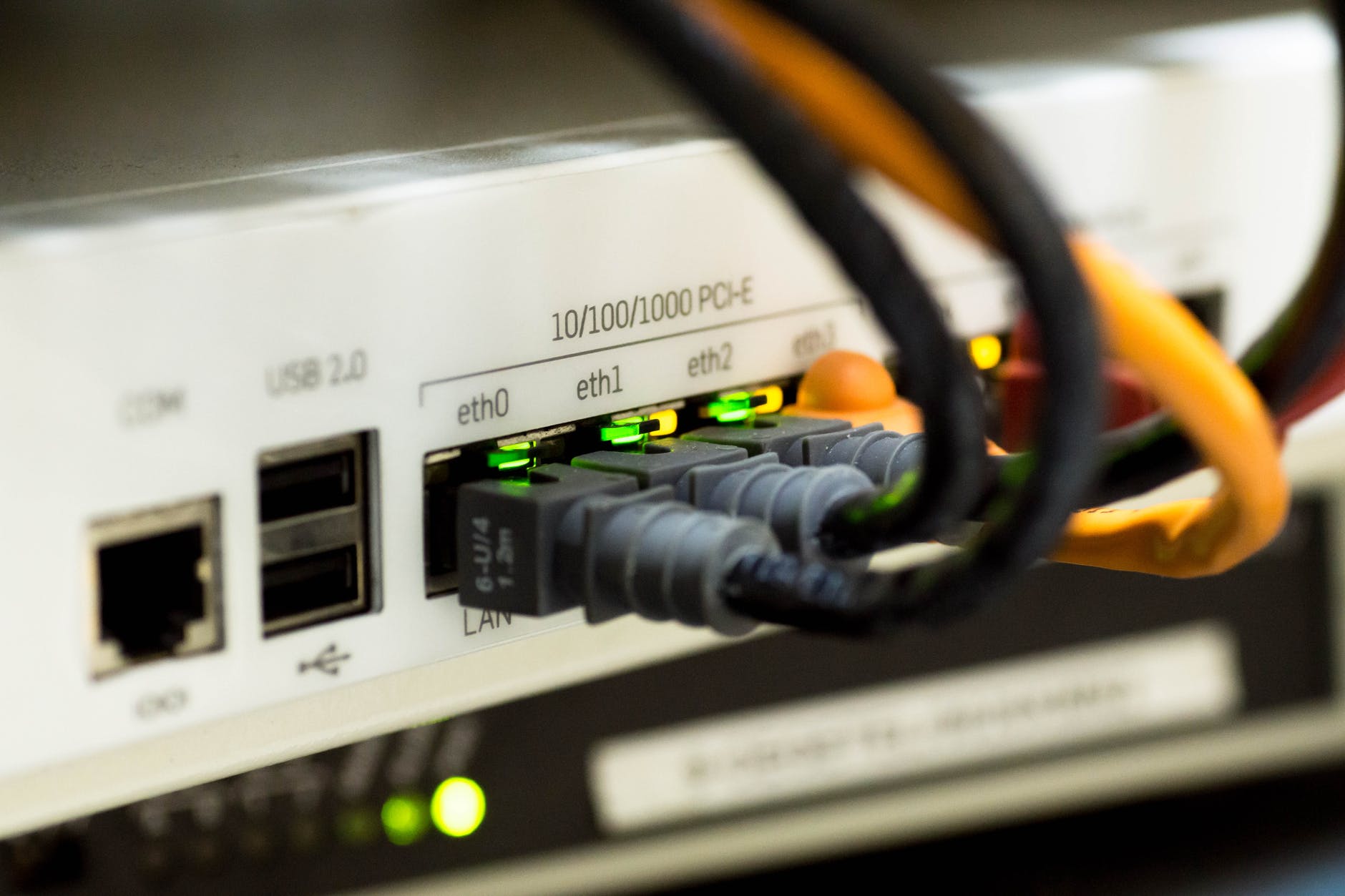Gadget of the Week
Now for bulletproof broadband
Nowadays, small businesses and big banks alike can’t afford to lose connectivity. Now, a new solution means even SMEs can bullet-proof their broadband, writes ARTHUR GOLDSTUCK
What is it?
When your business is fully dependent on power and connectivity, you are likely to go to great lengths to protect both. However, you are often at the mercy of service providers, utility providers and even the weather.
For example, with power failures or load-shedding, most new laptops have battery lives that will see them through the first few hours, and mobile broadband will provide emergency Internet access, but the batteries on the cell towers themselves may not stay the course.
Enter a new solution that not only fuses multiple ISP connections to build a resilient connection – when one link fails, another kicks in – but is also not dependent on local connectivity. Instead, it uses long-distance microwave signals. In the past, this was a solution available only to large enterprises, due to cost and complexity. Now, thanks to a partnership between communications company Comsol and solutions provider Fusion Broadband, microwave has become accessible and affordable for small and medium enterprises.
The latter has developed a system called Fusion SDWAN (software-defined wide-area network), which offers bandwidth aggregation, meaning it provides a premise with the total capacity of all links used together, including fibre, wireless, cellular, and satellite.
In partnership with Comsol, which provides microwave signals across great distances, the solution has become a near bullet-proof solution to maintaining connectivity. Our tests linked an office in the northern suburbs of Johannesburg to a transmitter in the city’s central business district.
We bonded a 200Mbps fibre connection from Afrihost with a 100Mbps microwave link from Comsol, which uses 28GHz mmWave spectrum in a point-to-multipoint configuration, and providing uncapped data.
The result: we achieved up to 255Mbps download and 233Mbps upload speeds via Wi-Fi in the office.


It didn’t stop there. We plugged a Fusion SDWAN Node, fibre box, Comsol unit, and Wi-Fi router into a 2400VA Mecer GeeWiz Inverter Kit, a neat power supply that runs quietly in the background when not needed, and kicks in as power goes down. This meant that when the lights went off, the connection stayed on. While the fibre provider was able to keep its own lights on, we enjoyed the high-speed fused connection. When the provider could no longer maintain their power, and fibre failed, the Fusion SDWAN software automatically switched over to the Comsol link, and we still had a 100Mbps signal.
After a 4-hour power blackout, the capacity of the inverter had dropped only a few percentage points, suggesting it would keep those devices going for much of a week. Plug a few computers into the inverter, and we have a functioning business for several days without external power.
According to Fusion Broadband, when one link fails, the recovery to the secondary link occurs within 300milliseconds. We didn’t manage to time that!
The SDWAN system also offers:
- Acceleration: faster access to online content/cloud services and applications through multiplexing.
- Quality of Service: clear voice calls through our bandwidth adaption technology
- Security: encryption mitigates information security threats and supports VPN integration.
- Reporting: complete visibility of connection performance and data/bandwidth usage.
- Private network: creates a reliable and secure network for remote branches and employees working remotely.
How much does it cost?
Bought separately, the installation of the SDWAN and hardware costs around R8,000. The combined solution of Fusion SDWAN Solution with Comsol 100Mbps enterprise grade/ premium broadband connection cost R,5000 excluding VAT for installation, with a monthly cost of R4,499 excluding VAT.


The Mecer power backup unit from GeeWiz costs R9,490, including VAT and delivery charge.
Why does it matter?
Since hybrid offices have become the norm, many small businesses operate entirely online, meaning that, when power and connectivity go down, so does the business. An investment in resilience is an investment in business continuity and survival.
What are the biggest negatives?
- Installation is complex, and needs qualified technicians.
- Wiring can become expensive and time-consuming in a large premise.
What are the biggest positives?
- Enterprise-grade connectivity for smaller businesses.
- Automatic “fail-over”.
- Ensures maximum bandwidth from various connectivity options.
- Most significantly, the combination of Fusion SDWAN and Comsol connectivity provides resilience in an environment where neither power nor connectivity are guaranteed.
* Goldstuck is founder of World Wide Worx and editor-in-chief of Gadget.co.za. Follow him on Twitter on @art2gee

















